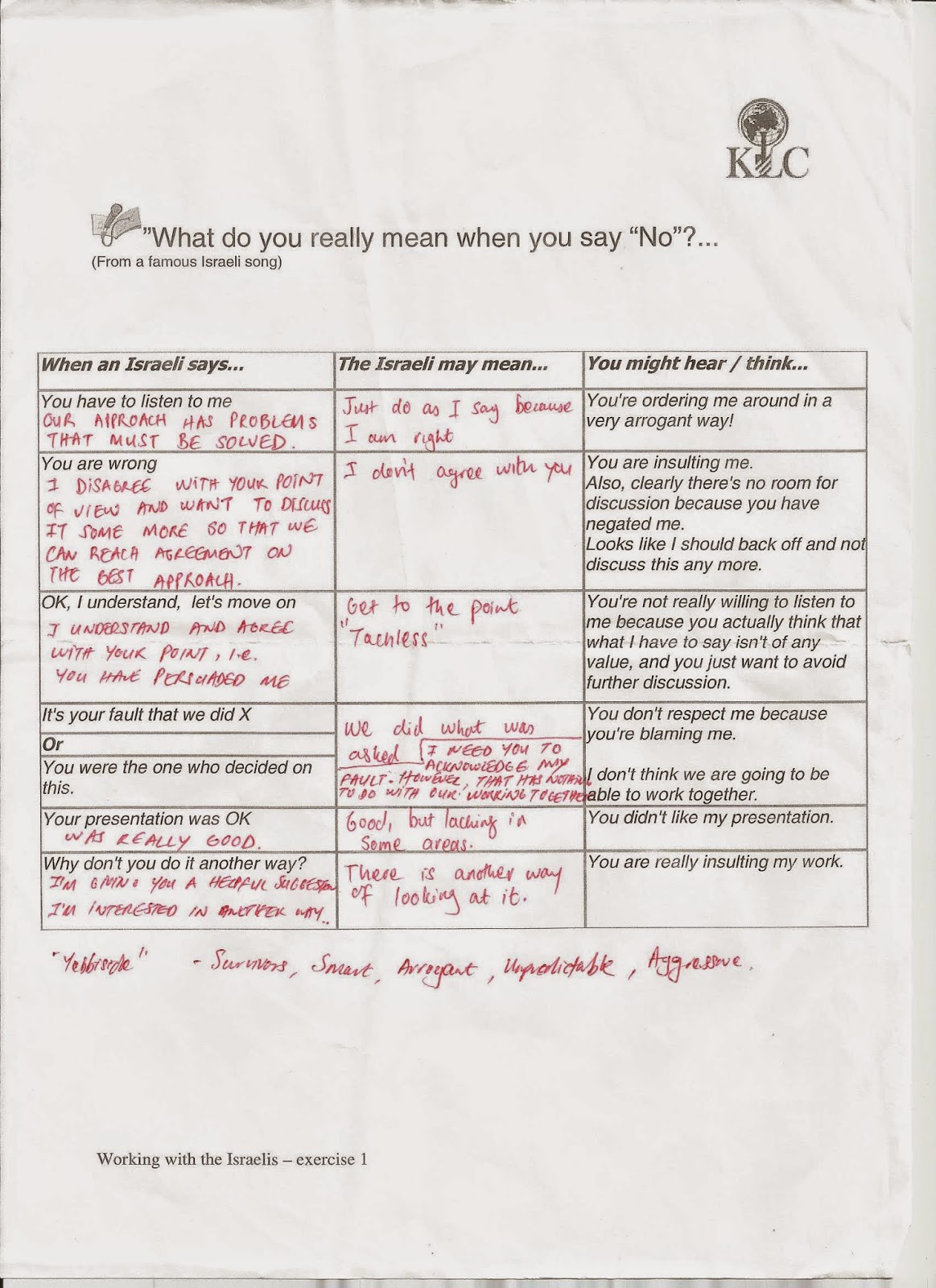I'm continuing with my journey of self reflection by digging through my archives of Psychometric reports, this one goes back the year 2007, where I was operating in the technical space as Senior Software Engineer and moonlighting as a Technical Projects Manager as well.
At that stage of my professional development, I had experienced core software development in embedded systems as well as server-side systems programming. I'd seen the launch of three major Set Top Box projects, worked with a high-performing, self-managing team in the space of VOD / IPTV
streaming products, and was also managing a product portfolio of broadcast headend components as Project Manager.
And at the same time, I was also working on greenhouse, new innovation projects such as the Talking TV. By then I was interacting with people at all levels of seniority, managers and engineers, and interacting with customer account & delivery managers. I had come across people & customers from various cultures, and had come to appreciate the pace / performance expectations of high-intensity-beat-the-competition-like projects.
So the company I worked with at the time, was a truly global player, and thus felt it necessary that all staff were trained and equipped with some knowledge of working across different cultures. They employed this system "Cultural Navigator" that implemented the "Cultural Orientations Index". Everyone had to register their profile on this system, answer a set of questions, resulting in a personal profile of one's preferences, and operating styles. Training was provided by TMC, where we spent a day or two learning about this assessment tool, and working through some role plays.
This was quite a valuable and powerful learning experience for me. I had used the tool quite often in preparing for interactions, be it for meetings, telecons, or face-to-face intros at new countries. Since almost every employee's profile was available online (company intranet) to compare your profile against others (even a country-by-country difference), as well as having access to to country-specific information (public holidays, type of food, gift preferences, shared interests, etc, etc.)...
Check out the video at the end of this post.
We live in a highly connected and globalised world. In the software business, it is almost impossible to NOT have a team made up of varying cultures. In this day-and-age, you cannot ignore this reality, and to plead ignorance is just not on.
Every company that has cross-country relationships, should implement the Cultural Navigator, it is extremely valuable IMHO!
So, would you like to see my full profile (downloadable) in all its glory :-) ??
At that stage of my professional development, I had experienced core software development in embedded systems as well as server-side systems programming. I'd seen the launch of three major Set Top Box projects, worked with a high-performing, self-managing team in the space of VOD / IPTV
streaming products, and was also managing a product portfolio of broadcast headend components as Project Manager.
And at the same time, I was also working on greenhouse, new innovation projects such as the Talking TV. By then I was interacting with people at all levels of seniority, managers and engineers, and interacting with customer account & delivery managers. I had come across people & customers from various cultures, and had come to appreciate the pace / performance expectations of high-intensity-beat-the-competition-like projects.
So the company I worked with at the time, was a truly global player, and thus felt it necessary that all staff were trained and equipped with some knowledge of working across different cultures. They employed this system "Cultural Navigator" that implemented the "Cultural Orientations Index". Everyone had to register their profile on this system, answer a set of questions, resulting in a personal profile of one's preferences, and operating styles. Training was provided by TMC, where we spent a day or two learning about this assessment tool, and working through some role plays.
This was quite a valuable and powerful learning experience for me. I had used the tool quite often in preparing for interactions, be it for meetings, telecons, or face-to-face intros at new countries. Since almost every employee's profile was available online (company intranet) to compare your profile against others (even a country-by-country difference), as well as having access to to country-specific information (public holidays, type of food, gift preferences, shared interests, etc, etc.)...
Check out the video at the end of this post.
We live in a highly connected and globalised world. In the software business, it is almost impossible to NOT have a team made up of varying cultures. In this day-and-age, you cannot ignore this reality, and to plead ignorance is just not on.
Every company that has cross-country relationships, should implement the Cultural Navigator, it is extremely valuable IMHO!
So, would you like to see my full profile (downloadable) in all its glory :-) ??







